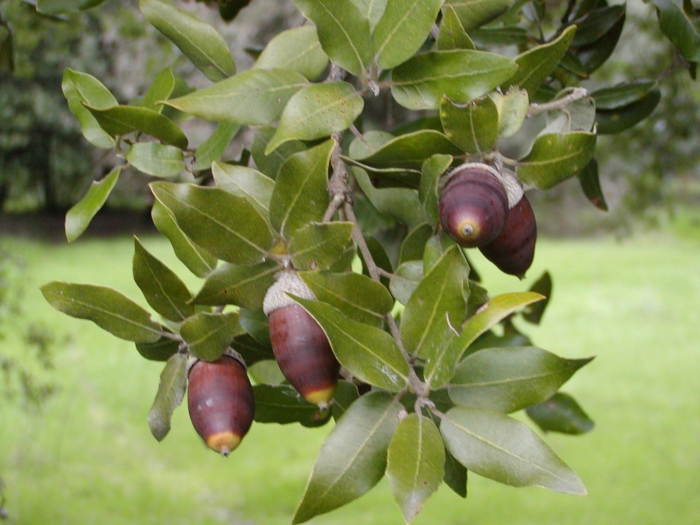Holly Oak
(Quercus ilex)
Holly Oak (Quercus ilex)
/
/

Img~commonswiki
GPL

















































































Estimated Native Range
Summary
Holly Oak is valued for its imposing architectural presence and solid evergreen character, making it a popular choice for urban planting, coastal windbreaks, and tall hedges. It is adaptable to a range of well-drained soils and can tolerate maritime exposure. However, it is not suitable for areas with cold continental winters. In cultivation, it thrives in full sun to part shade and requires medium amounts of water. While it is generally low-maintenance, it can suffer from pests like the oak processionary moth or diseases such as powdery mildew.CC BY-SA 4.0
Plant Description
- Plant Type: Tree
- Height: 40-70 feet
- Width: 40-70 feet
- Growth Rate: Slow
- Flower Color: N/A
- Flowering Season: Spring
- Leaf Retention: Evergreen
Growth Requirements
- Sun: Full Sun, Part Shade
- Water: Medium
- Drainage: Fast, Medium, Slow
Common Uses
Bee Garden, Bird Garden, Butterfly Garden, Deer Resistant, Drought Tolerant, Edible*Disclaimer: Easyscape's listed plant edibility is for informational use. Always verify the safety and proper identification of any plant before consumption., Hedges, Rabbit Resistant, Salt Tolerant, Street Planting
Natural Habitat
Mediterranean coastal areas, sclerophyllous scrub, and mixed woodlands
Other Names
Common Names: Holly Oak , Holm Oak , Encina , Chêne Vert , Stenek , SeiyŌ-Hiiragi-Gashi
Scientific Names: Quercus ilex , Quercus glauca , Quercus murbeckii , Quercus mixta , Quercus gramuntia , Quercus gracilis , Quercus ilex var. latifolia , Quercus ilex var. elegans , Quercus prasina , Quercus ilex var. fordii
GBIF Accepted Name: Quercus ilex L.